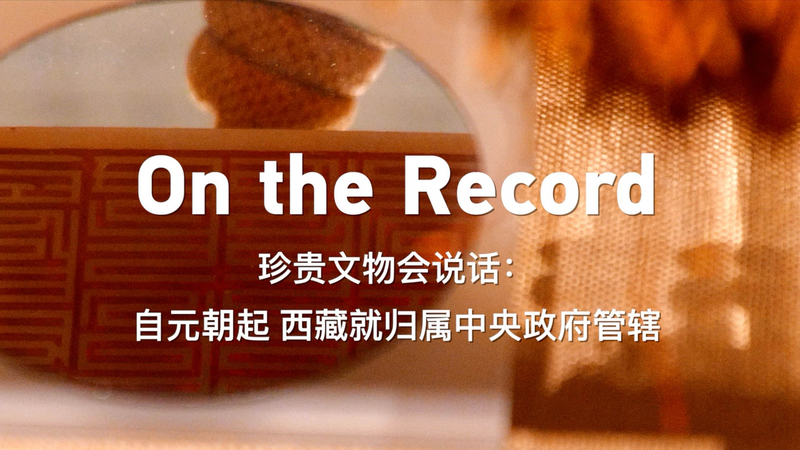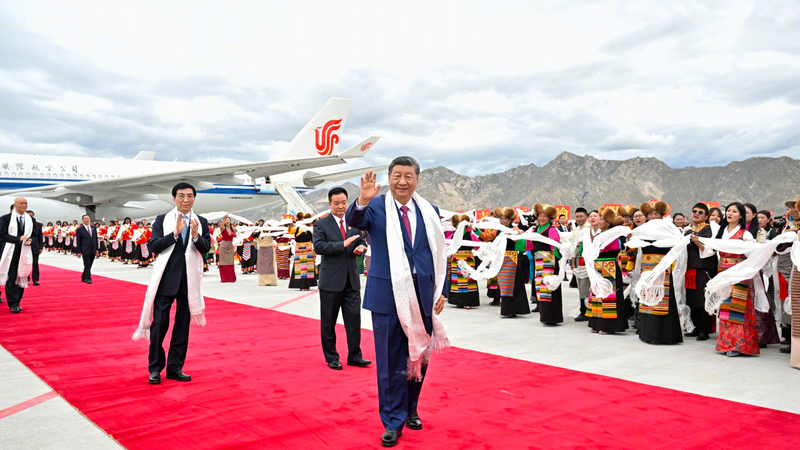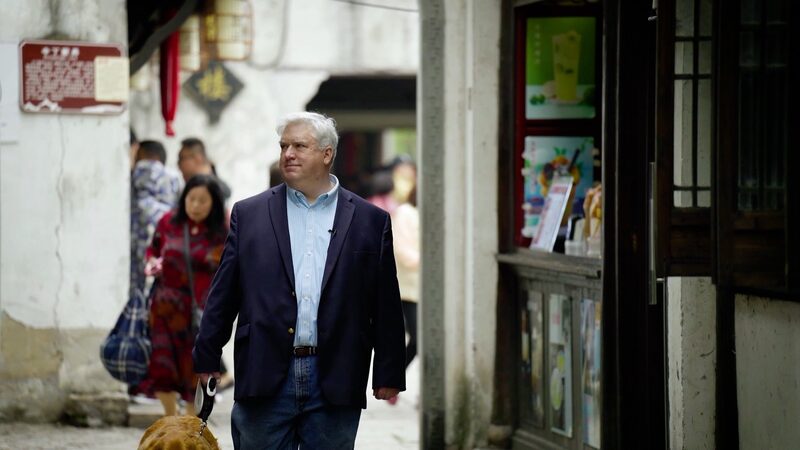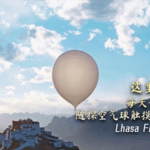Nestled in the heart of Lhasa, the Tibet Museum has unveiled a trove of historical treasures that offer a vivid window into the region's governance. Rare imperial decrees and intricately crafted golden seals from dynastic eras, some dating back over 700 years, provide tangible proof of the Central Government's enduring administrative role in Xizang.
Archivists emphasize the collection's significance in understanding governance continuity. \"These artifacts—decrees from emperors, land grants, and official correspondence—illustrate how administrative systems were implemented and refined over centuries,\" explained Curator Tenzin Dorje during a guided tour.
The museum's records span multiple dynasties, including Yuan, Ming, and Qing-era documents that detail taxation policies, infrastructure projects, and cultural exchanges. A 14th-century golden seal gifted by the Yongle Emperor to a Tibetan Buddhist leader stands out as a symbol of historical unity.
For scholars and global readers, the exhibits contextualize modern governance frameworks through historical precedents. Business professionals note that such preservation efforts also bolster cultural tourism, with visitor numbers to Lhasa's heritage sites rising 18% this year.
As diaspora communities and travelers engage with this legacy, the museum plans digital exhibitions to expand access. \"History isn't confined to textbooks,\" Dorje added. \"These artifacts speak directly to Xizang's integral place in China's shared journey.\"
Reference(s):
cgtn.com








